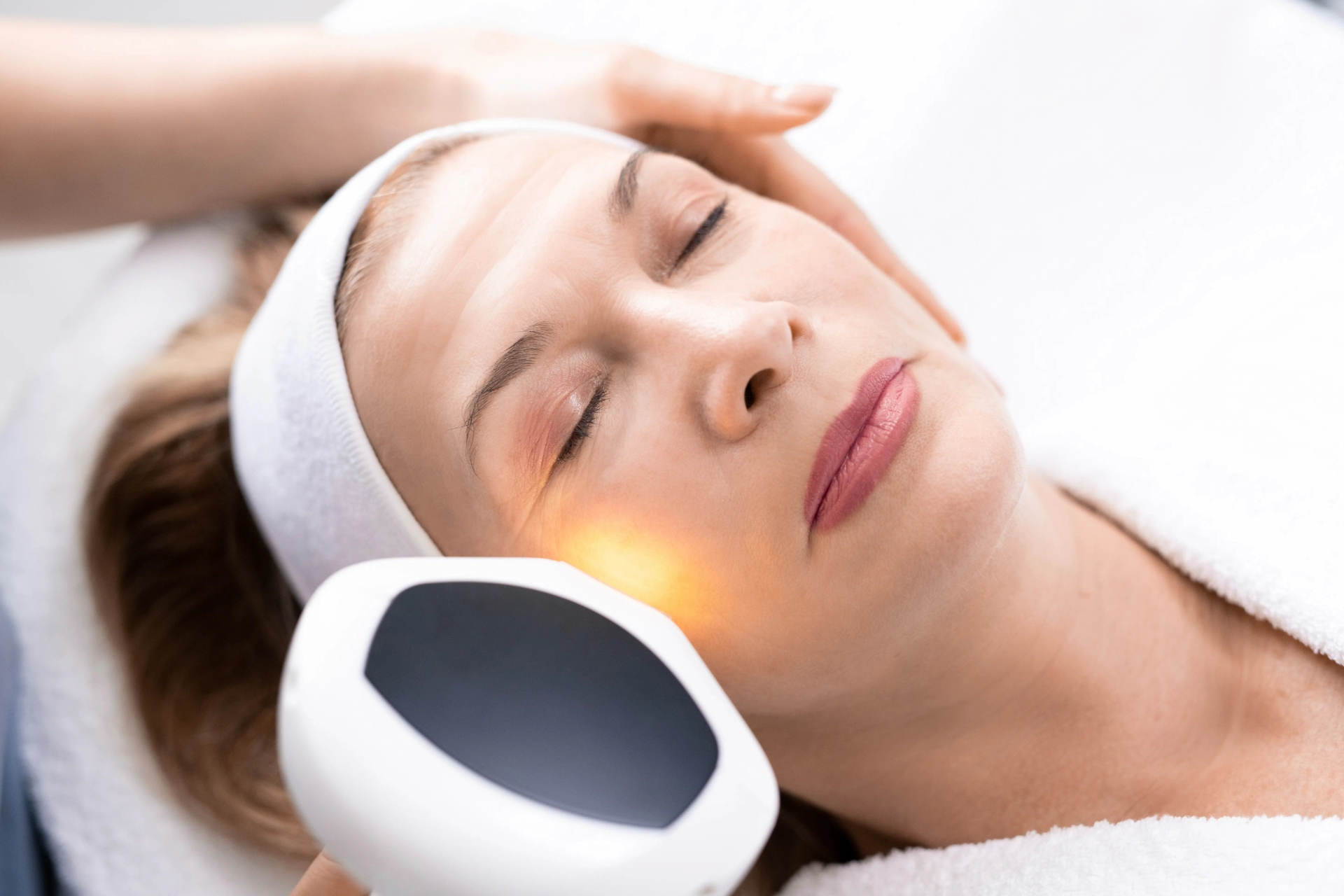As we age, our skin loses elasticity and becomes rough and dull. Laser skin resurfacing can restore firmness, smoothness and brightness by eliminating wrinkles, fine lines, scarring acne scarring and hyper-pigmentation.
Laser treatment can be highly beneficial to skin of all kinds and tones when administered by trained professionals such as Dr. Sibel at her private office in Manhattan. To gain more information, speak with one of these board-certified dermatologists, such as her.
What Is It?
If you are considering laser resurfacing, be sure to select a board-certified plastic surgeon or dermatologist with extensive experience performing this procedure. Be prepared to discuss all aspects of your medical history – any previous cosmetic procedures and medications such as Accutane (Accutane) and Tretinoin that could impede healing after laser treatments are also important considerations.
Before beginning treatment, your physician will conduct an in-depth inspection of the area to be treated.
Your doctor may give you a topical anesthetic to ease pain during treatment. A handheld device will then be placed over the treatment area, and laser beam fired at it to remove aged or damaged outer layers of skin while stimulating healthy collagen to grow back in its place. Some ablative laser treatments require local anesthetic injections or sedation; non-ablative laser treatments such as pulsed dye or ND:YAG lasers don’t require one at all for maximum comfort during treatments.
What Are the Benefits?
Heat generated from laser treatments thickens collagen, an essential protein for skin strength and structure. This can reduce wrinkles, sagging and scarring while also improving tone, color and luster in the process of replacing old damaged tissues with fresh new skin that looks younger-looking over time.
Before your procedure, your surgeon will evaluate the area to be treated and use this information to suggest an ideal laser treatment option for you. They will also give an explanation of what to expect during and post laser resurfacing treatment.
Before the procedure starts, an anaesthetic will be administered to make you more comfortable during it. Once in place, a surgeon will apply a nonstick dressing and cover it with an ointment or cream for treatment of any symptoms that arise during your stay. You must cleanse this area two to five times daily using either saline solution or vinegar solution to ensure optimal healing results.
Some individuals will experience oozing, crusting or blistering following their procedure, and it is essential that these areas not be scratched as this could result in permanent scarring. Others may experience hyperpigmentation (dark spots of skin in treatment areas). Bleaching creams can help speed up fading of these spots faster.
How Does It Work?
Laser skin resurfacing uses laser beams to target the outer layer of skin, eliminating damaged cells while stimulating new cell formation for smoother skin with reduced lines and wrinkles. Collagen production also improves and can even lessen scarring appearance. Dermatologists utilize different kinds of lasers such as carbon dioxide and erbium lasers; doctors prefer the latter due to less collateral skin damage caused by carbon dioxide lasers while still yielding desirable results with reduced side effects.
Before beginning laser treatment, doctors may apply topical anesthetic to lessen pain. For extensive resurfacing procedures, however, sedation may be used instead. After cleansing and protecting with bandages as appropriate before treatment begins. Sedated patients must arrange to have someone accompany them home from their procedure.
Laser treatments typically heal within one to two weeks, depending on the type of laser used. While you may experience dry and flaky patches initially after healing, this usually clears up within a month or so. People with darker skin tones have an increased risk of hyperpigmentation during healing; bleaching agents may help speed this process along.
What Are the Side Effects?
Recovery time from laser treatment depends on its intensity. Other factors, including type of laser used and amount of sun exposure recently experienced can all play a part in recovery times; those with lighter skin who limit sun exposure tend to see faster improvements than those with darker complexions who spend an excessive amount of time out in the sun.
Mild itching may occur after laser resurfacing sessions. Treated skin can be sensitive and susceptible to sun damage for some time afterward; so it’s essential that patients follow doctor-prescribed aftercare instructions in order to protect it. Moisturizing with moisturizer and applying protective ointment may prevent scabbing or scarring from developing after treatment.
Before any cosmetic surgery procedure begins, it’s essential that patients discuss their motivations and expectations with their physician.
In addition, doctors can recommend appropriate laser resurfacing treatments tailored specifically to individual skin types and conditions.
Where Can I Get It?
Laser resurfacing can be performed as a day case in either a clinic, hospital, or even at home. You will be given either local or general anaesthetic to ease any pain during the procedure – typically on the same day as any other surgery that requires anaesthetic (for instance a facelift).
Your surgeon will inspect the area being treated before beginning their laser procedure – this helps them determine what kind of laser to use and expected outcomes. Before signing a consent form agreeing to have this treatment.
Select a surgeon based on their experience, qualifications and training rather than whether or not they offer one brand of laser treatment. Some types of lasers can only be used on certain skin types; therefore you’ll need a specialist. Inquire for references from previous patients who have undergone laser treatments.
Disclaimer: The content on this blog is intended for general informational purposes only. It is not a substitute for professional medical advice, diagnosis, or treatment. Always consult qualified healthcare providers for personalized advice. Information regarding plastic surgery, dental treatment, hair transplant, and other medical procedures is educational and not a guarantee of results. We do not assume liability for actions taken based on blog content. Medical knowledge evolves; verify information and consult professionals. External links do not imply endorsement. By using this blog, you agree to these terms.










